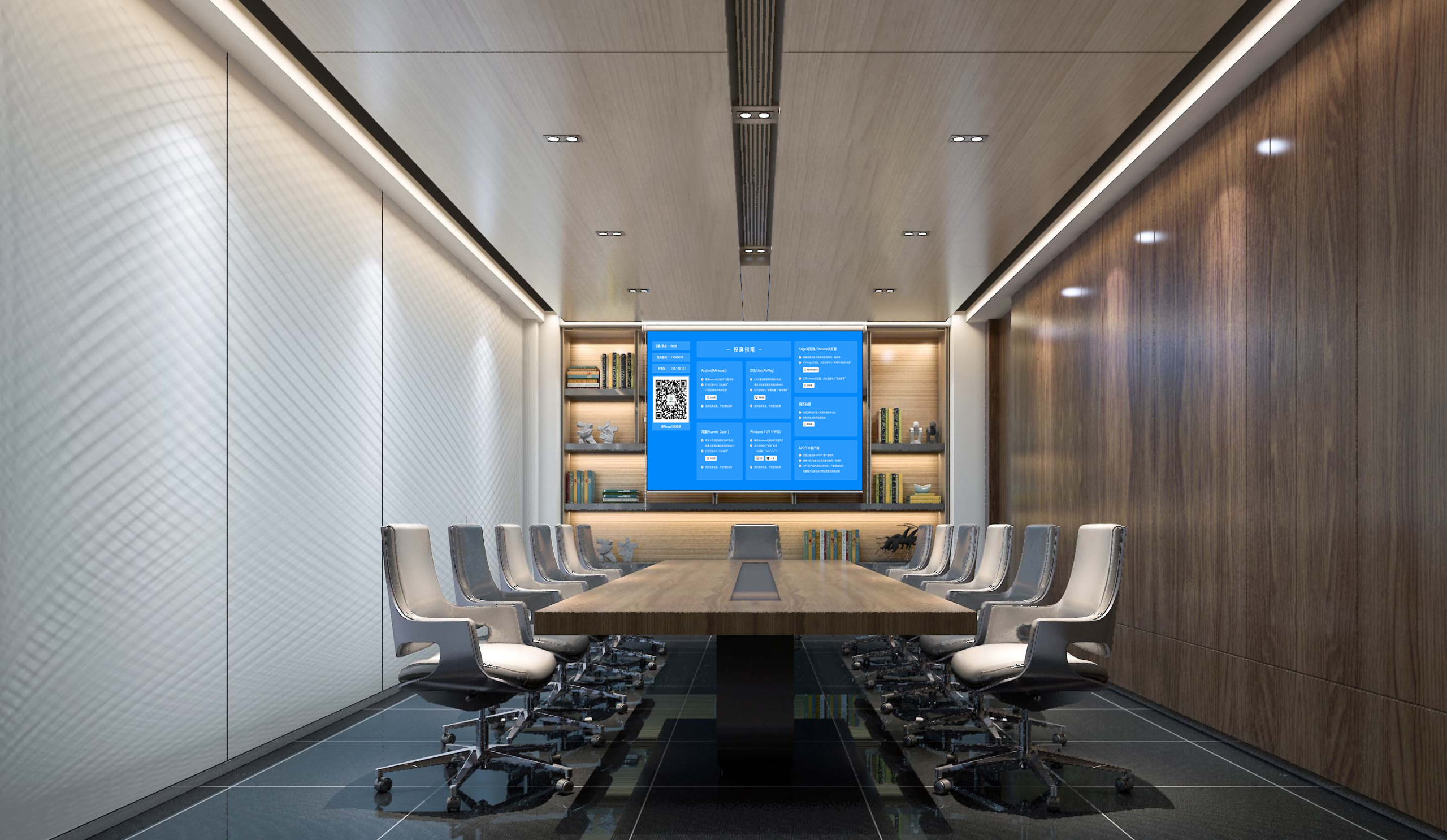What Is a Wireless Screen Mirroring SDK? Unveiling the Technical Core of Mobile Screen Mirroring and Multi-Screen Interaction
In today’s era of rapid mobile internet development, “mobile screen mirroring” and “multi-screen interaction” have become indispensable parts of our work and daily lives. Whether it’s for business meeting presentations or home audio-visual entertainment, the seamless connection between screens has brought us an unprecedentedly convenient experience. Behind this, however, there is a crucial technical driver—the Wireless Screen Mirroring SDK.
Wireless Screen Mirroring SDK: A Bridge Connecting Virtual and Reality
Simply put, a Wireless Screen Mirroring SDK (Software Development Kit) is a set of software development tools provided by professional vendors. It encapsulates complex underlying technologies such as network discovery, connection establishment, audio and video encoding, data transmission, and real-time rendering. This allows developers to quickly integrate wireless screen mirroring functions into their own apps through simple API calls.
Without a wireless screen mirroring SDK, developers would need to research various mirroring protocols from scratch and address compatibility issues across different devices and systems—greatly increasing both development difficulty and time costs. Therefore, the wireless screen mirroring SDK serves as an “accelerator” and “stabilizer” that empowers applications to achieve multi-screen interaction capabilities.
Core Technical Protocols: The Origin of Miracast and WiDi
When talking about wireless screen mirroring, we must mention Miracast and WiDi (Intel Wireless Display). WiDi is a technology originally launched by Intel; later, its standards were contributed to the Wi-Fi Alliance, leading to the creation of the industry-standard Miracast protocol. Today, most of the wireless screen mirroring we use on mobile phones (especially Android devices) is based on the Miracast protocol. A wireless screen mirroring SDK needs to perfectly support and optimize these protocols to ensure stability and low latency in different network environments.
Beyond “Mirroring”: The Additional Value of SDKs
An excellent wireless screen mirroring SDK offers far more than simple screen mirroring. It can also support:
- Remote Control: Reverse operation of mobile phones via large screens.
- File Transfer: Quick sharing of documents and images from mobile phones to large screens.
- Low-Latency Optimization: Specifically tailored for scenarios like gaming and presentations.
- Group Discussion Support: Laying the foundation for multi-terminal collaboration in education and corporate training scenarios.
Choosing a mature and stable wireless screen mirroring SDK is a wise decision for any application looking to integrate into the multi-screen interaction ecosystem. It is not only a shortcut to technical implementation but also a key to enhancing user experience and building a product’s core competitiveness.
